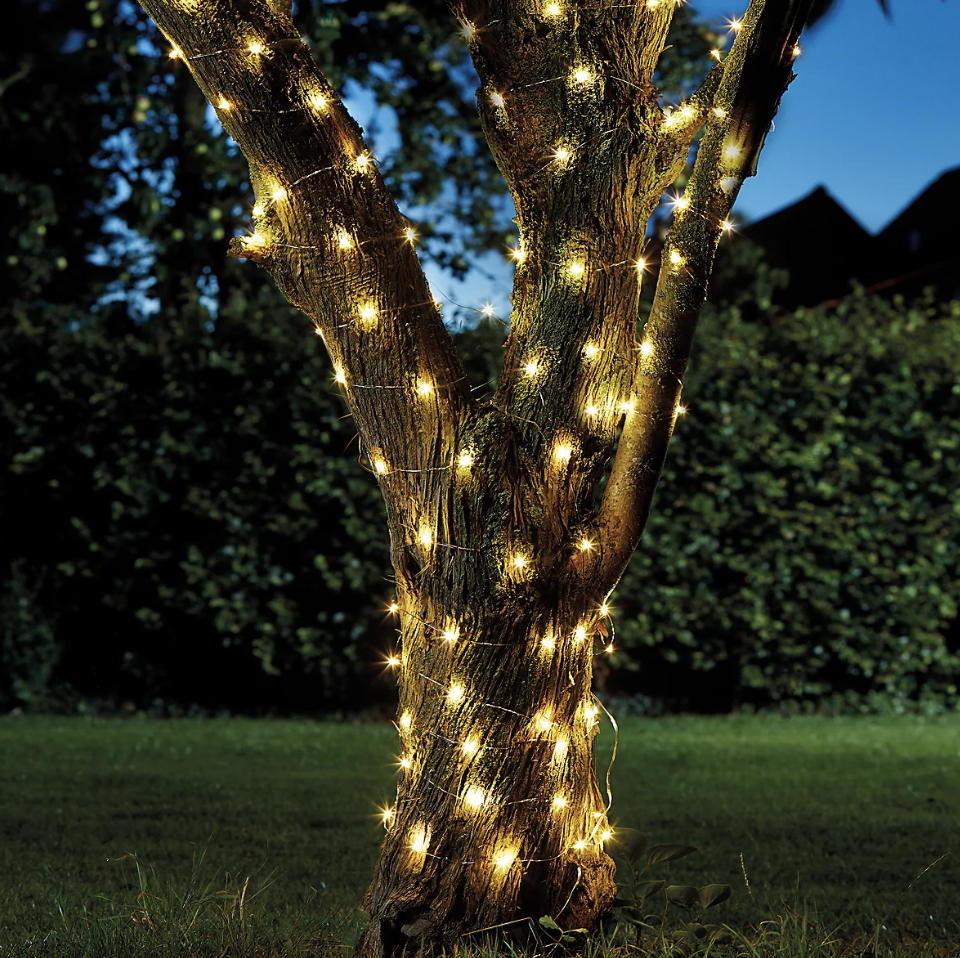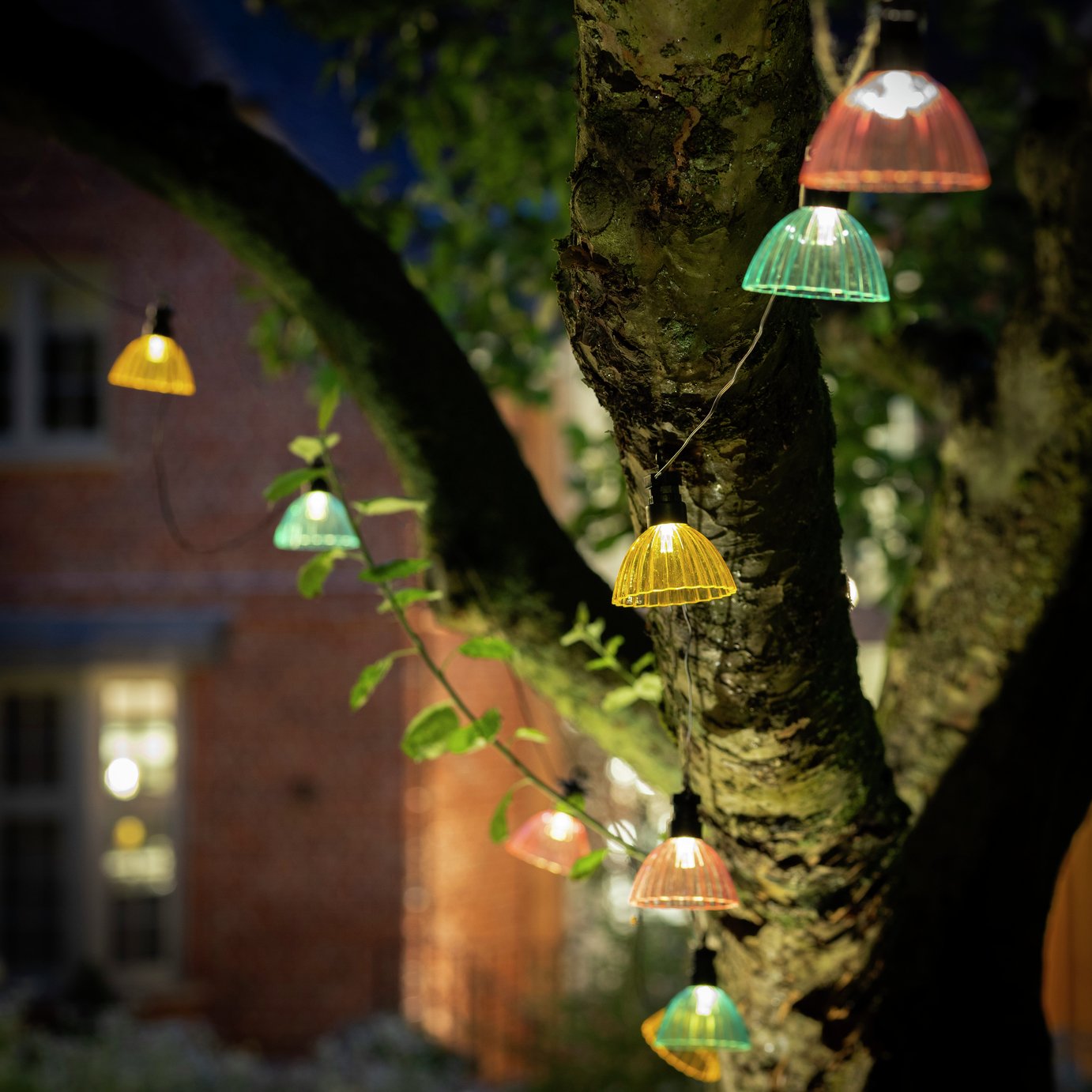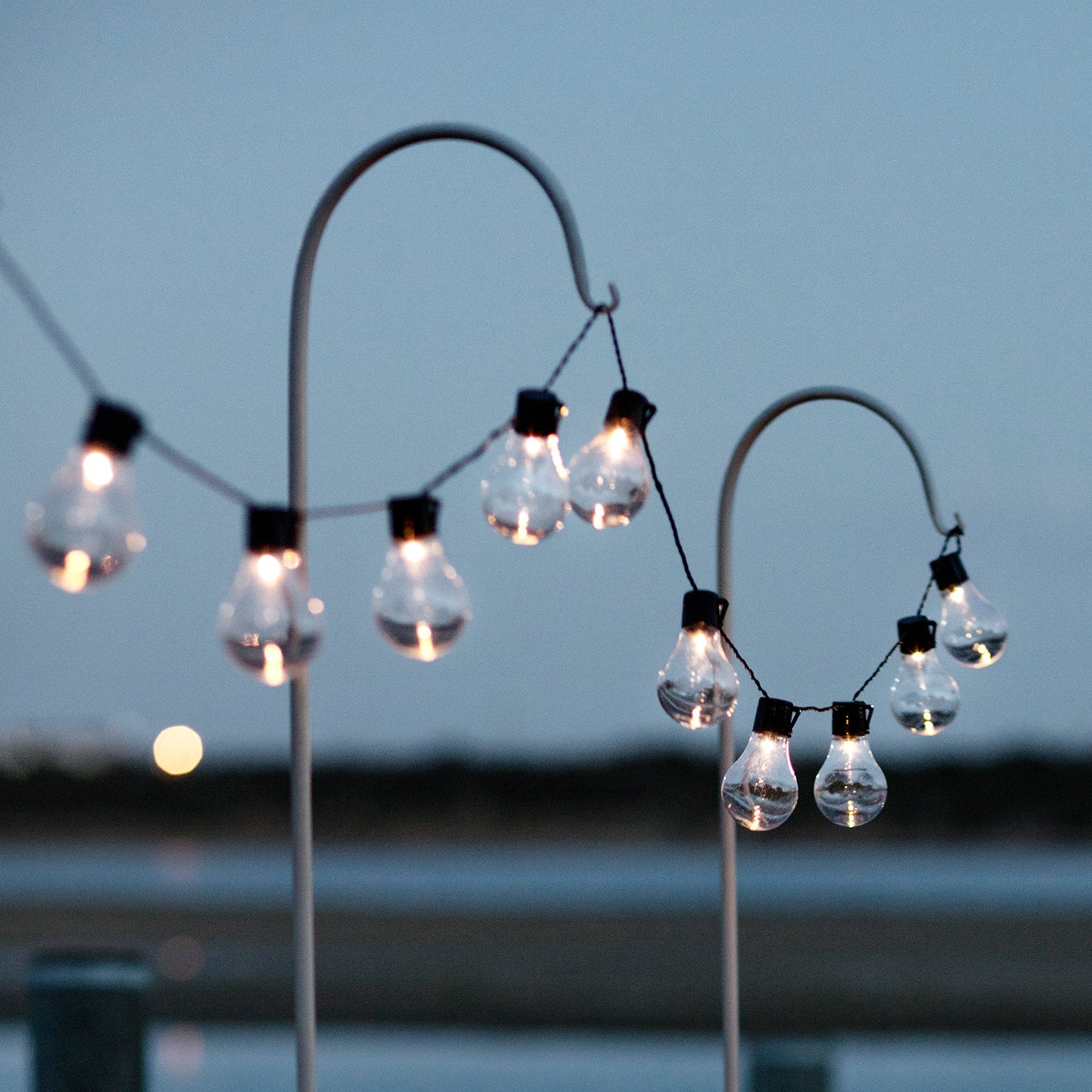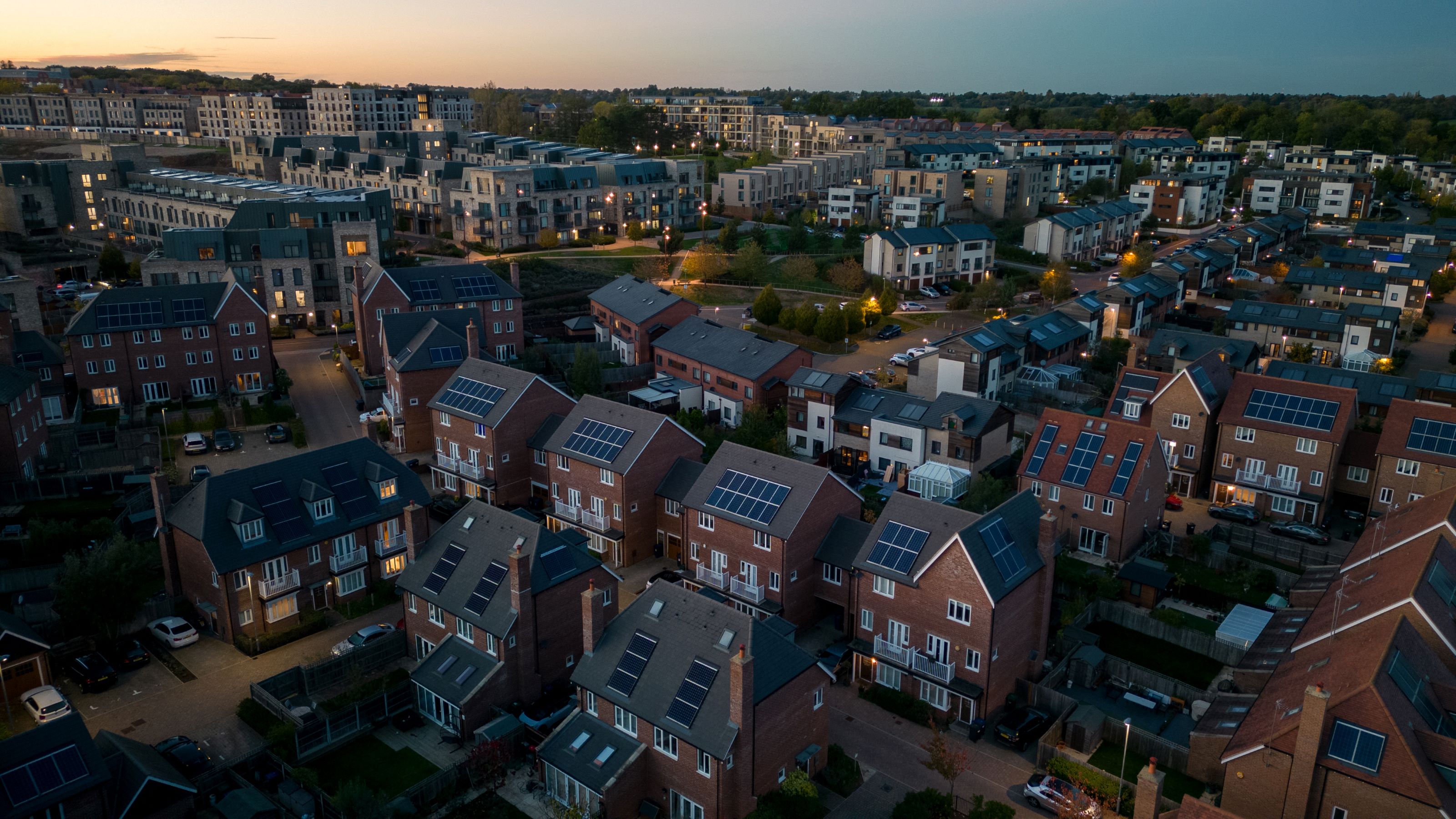Garden lighting mistakes that everyone makes when designing an ambient scheme, according to experts
Avoid these common pitfalls when investing in garden lighting to enhance your outdoor space

Avoiding garden lighting mistakes not only helps you create a seamless scheme in your outdoor space, which is both practical and beautiful, but you can avoid the common traps which often lead to bad investments and ultimately losing money.
Lighting design experts reveal common mistakes that they've come across when dealing with garden lighting design so you can learn from these and swerve any potential problems.
1. Working against your space
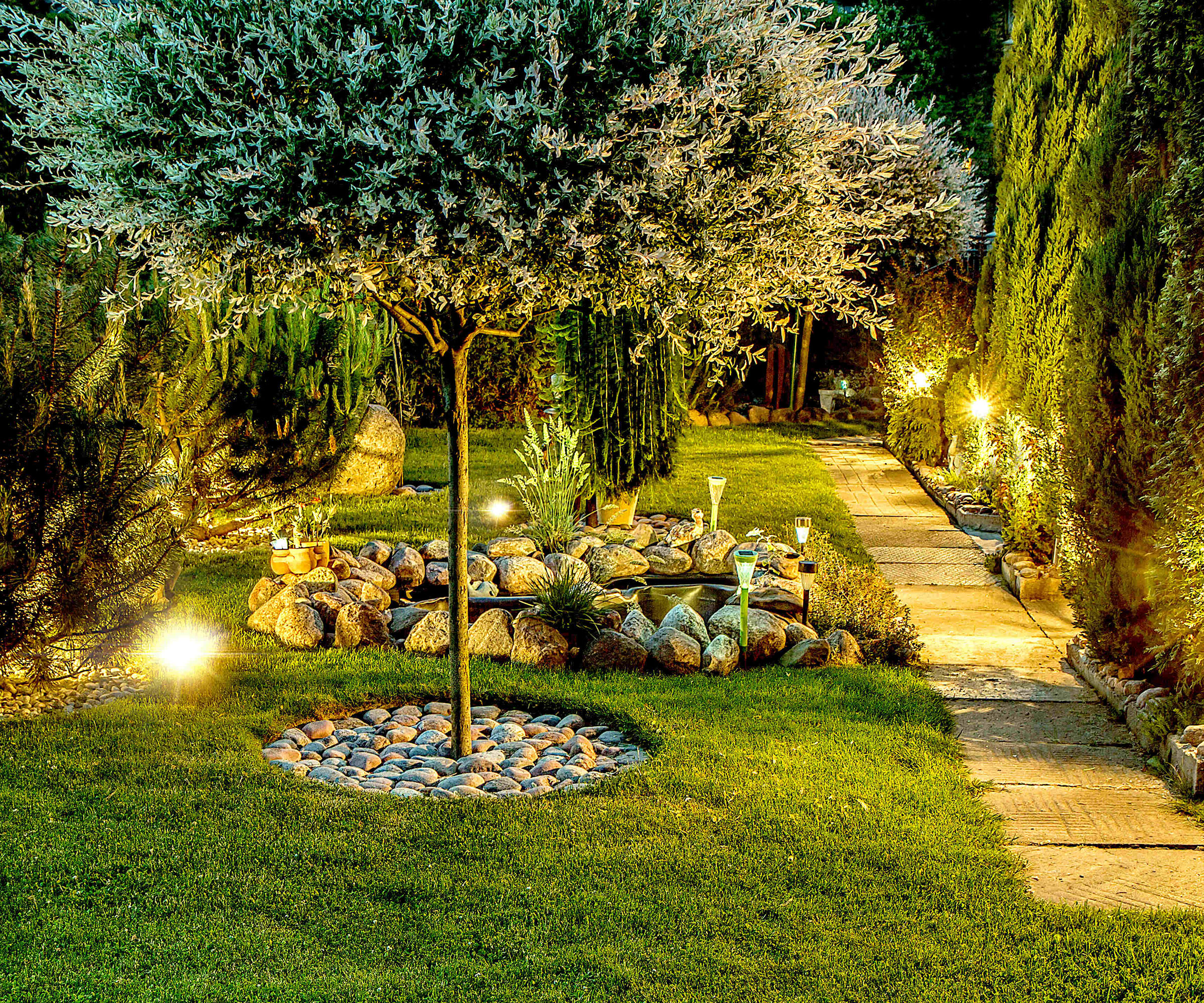
"The most effective garden lighting works with the space, not against it. Rather than overpowering your garden’s natural beauty, use lighting to subtly enhance what’s already there. For example, uplighting trees or larger shrubs casts beautiful shadows and helps to bring depth to a space," says Claire Bassett, Head of Product at Lights4fun.
"Climbers and trellises provide perfect backdrops for string lights or micro lights, adding a soft glow without taking up ground space. You can also use lanterns or stake lights around flowerbeds and borders to subtly frame sections, without drawing attention away from them."
When working with hard landscaping like pergolas, walls or steps, Claire suggests using integrated or low-level lighting to accentuate shapes and create a sense of flow to make garden lighting look expensive.
"Great garden lighting complements the textures and structure already present. It creates an atmosphere while letting the garden itself take centre stage," says Claire.
Shop solar string lights

Head of Product at Lights4fun
2. Not considering running costs
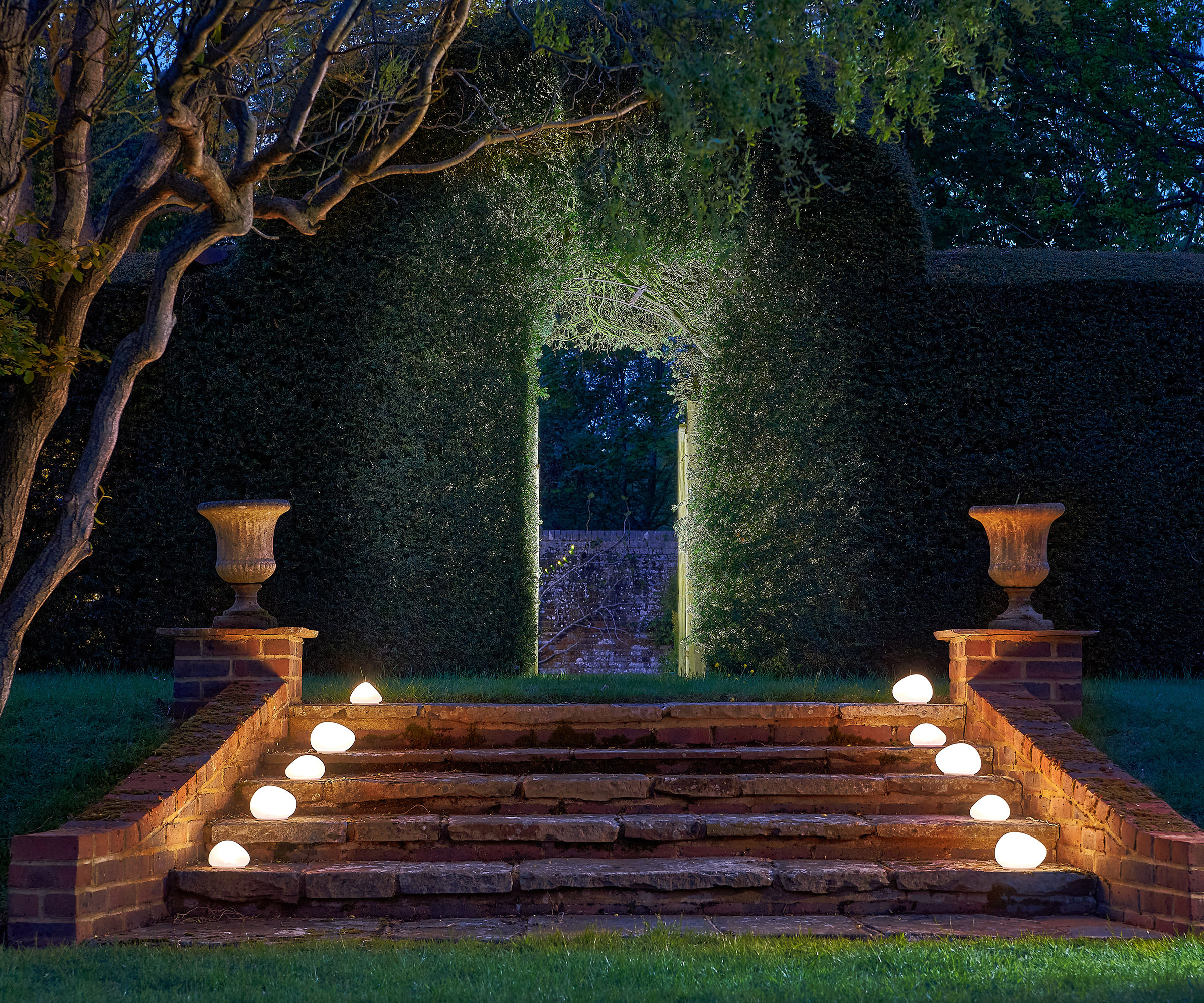
If you're installing a lighting scheme, the cost of the lights themselves isn't your only consideration. Installation and running costs should be at the front of your mind when deciding which product to buy, for instance, with outdoor wall lights.
Bring your dream home to life with expert advice, how to guides and design inspiration. Sign up for our newsletter and get two free tickets to a Homebuilding & Renovating Show near you.
"For mains-powered fittings, energy efficiency is a key feature consideration. Look for LED products that have high ratings and opt for products that have smart capabilities or can be used with PIR and microwave sensors to reduce energy consumption and operating costs," advises Rachel Morris, Marketing Manager at lighting brand 4lite.
Solar-powered lights require no installation, and you won't need to pay to power them. Just be sure to select a reliable product which will provide the lumens you need.
3. Falling for a false economy
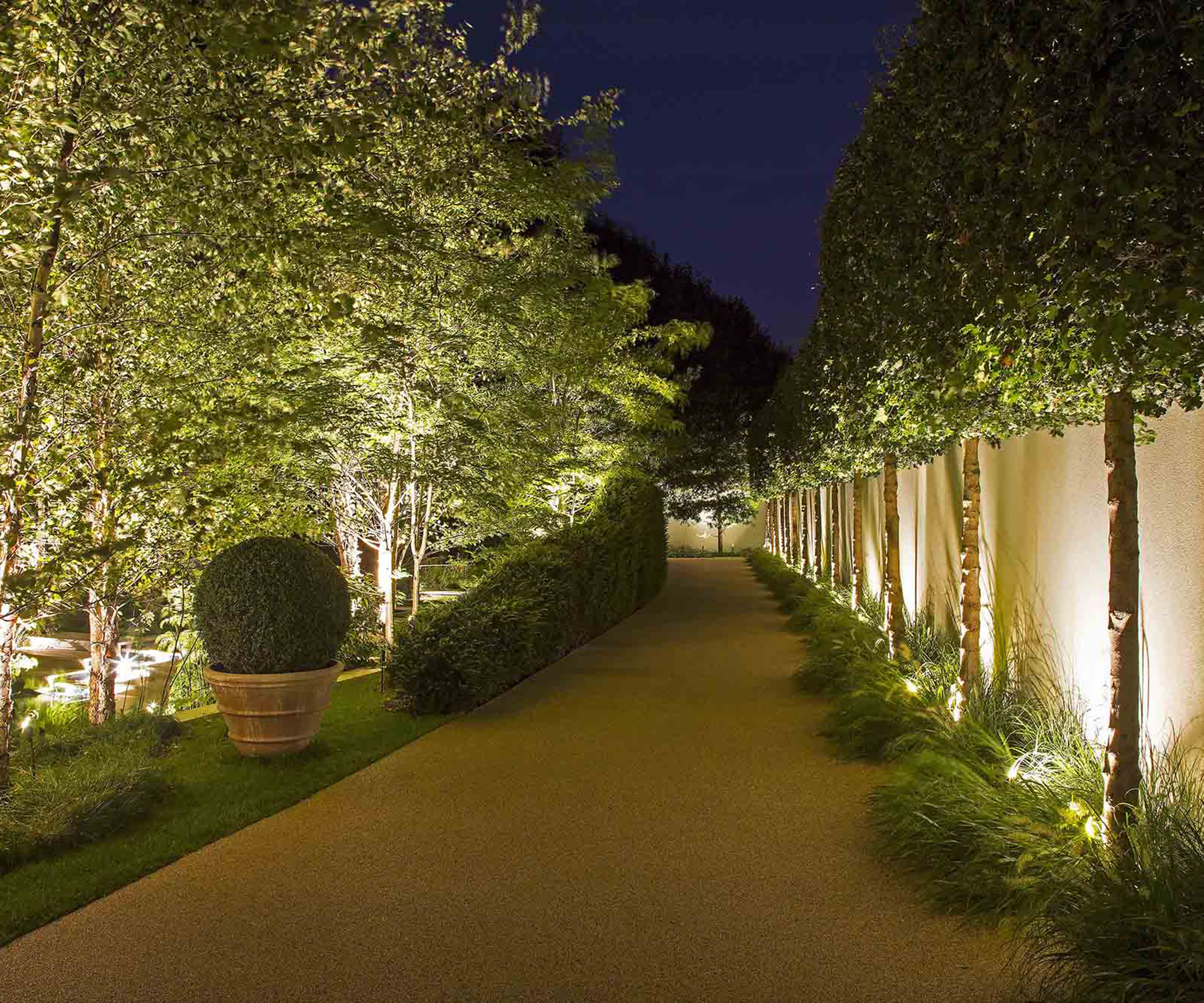
Don't be blinded by the cheap online prices because this can be a trap that many of us fall prey to. Lights can be of poor quality in terms of durability and function.
"Whilst it can be tempting to go for the cheapest option, poor-quality fittings often need replacing sooner and prove to be a false economy. Look for products constructed from durable, weather-resistant materials like die-cast aluminium or polycarbonate, which offer long-lasting performance and better protection against the elements," says Rachel Morris.
4. Dotting lights around at random
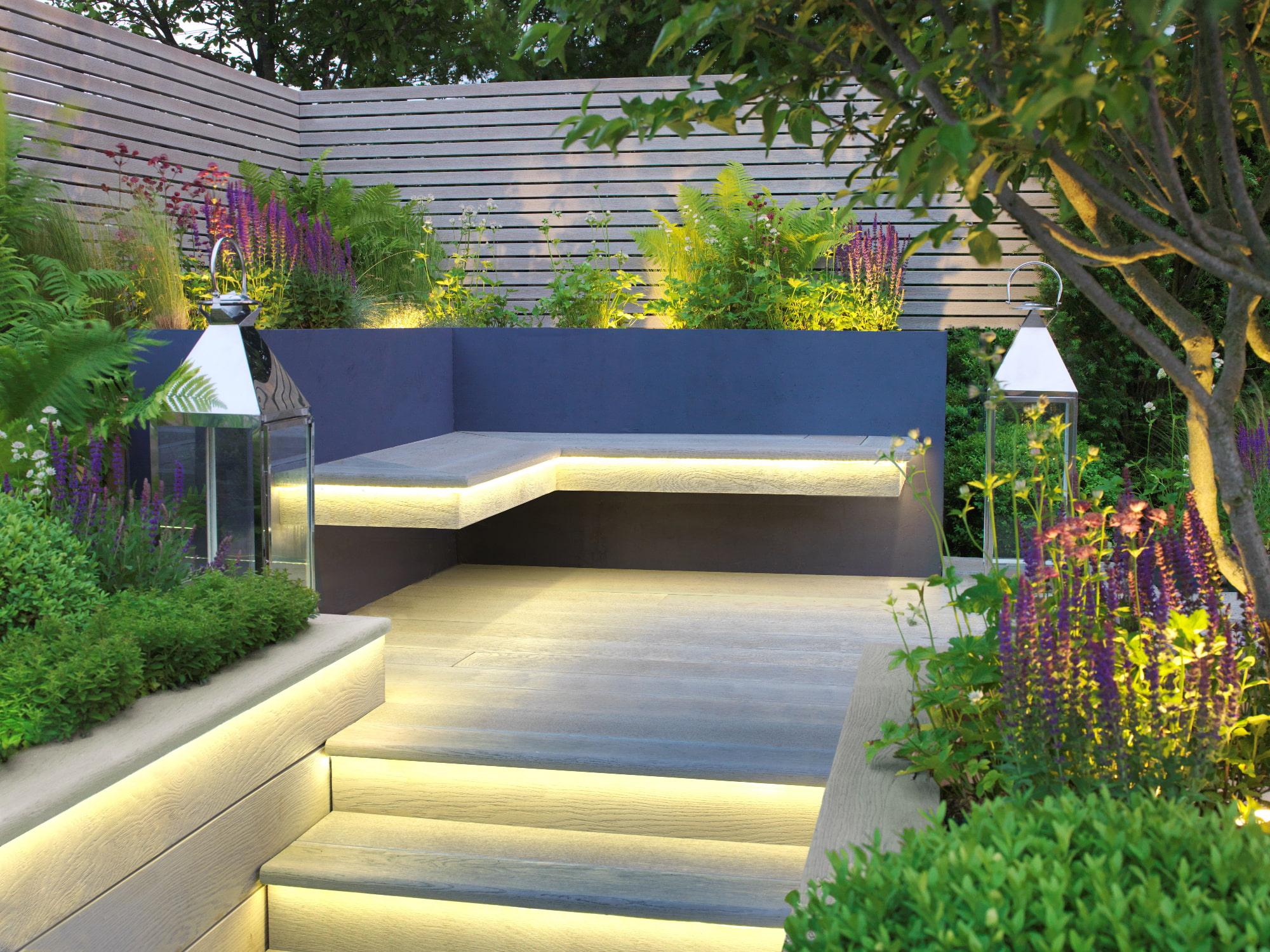
“Where you place your lights can be as important as which lights you choose to display in your garden. Giving some thought to where you will put them can help make lighting look intentional," says David Eaton, co-founder at The Solar Centre.
“Highlighting your favourite features like fountains, ponds, trees and flowerbeds with lighting can draw attention to them, especially with stylish spotlights which can make the space look professionally lit."
Illuminating your boundary with fence lighting can be a great way to define your space.
“Avoid randomly placing lights around the garden, as this can look messy and be overkill. Use lights sparingly but thoughtfully to balance contrast with atmosphere," says David.
5. Failing to consider the environment
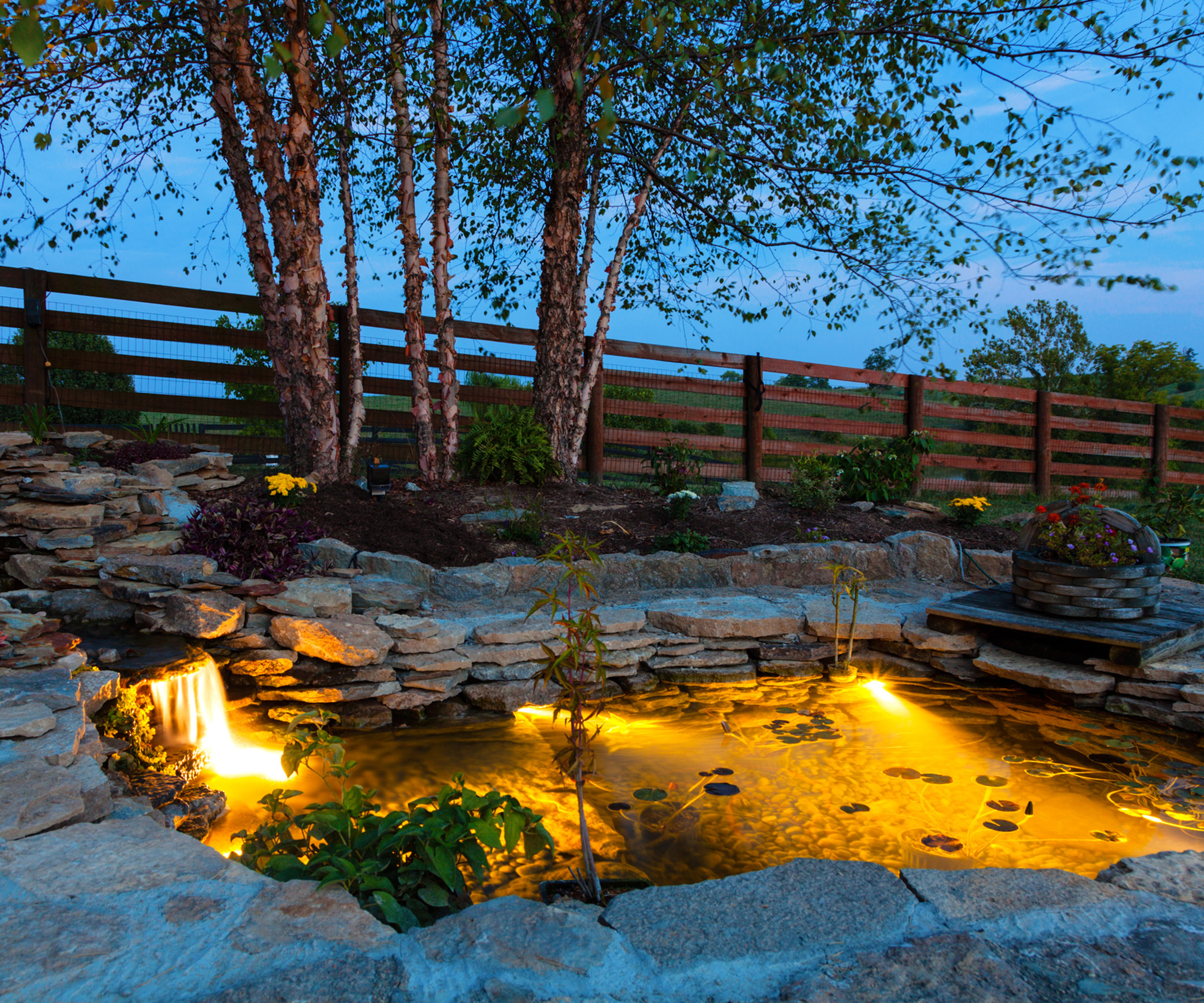
An overlit garden can be harmful to wildlife as well as breaching UK rules and regulations around outdoor lighting.
"Too much artificial light can be extremely harmful to wildlife and their ecosystems. Bright artificial light can stun and disorient animals, ultimately scaring them so they may wander off in unknown directions. Similar to humans, artificial light can affect animals' wellbeing by disturbing sleep patterns and as a result make them off guard from predators," explains Sam Garbutt, lighting expert at LED & Power.
"Wherever possible, look for products that hold the DarkSky Fixture Seal of Approval, which ensures light is directed only where it’s needed – reducing impact on local wildlife and keeping skies clear," advises Rachel Morris.

LED & Power specialise in providing commercial and residential LED lighting products to the trade and wholesale market. They work with leading brands and manufacturers across the UK and Europe.
6. Forgetting about your structures
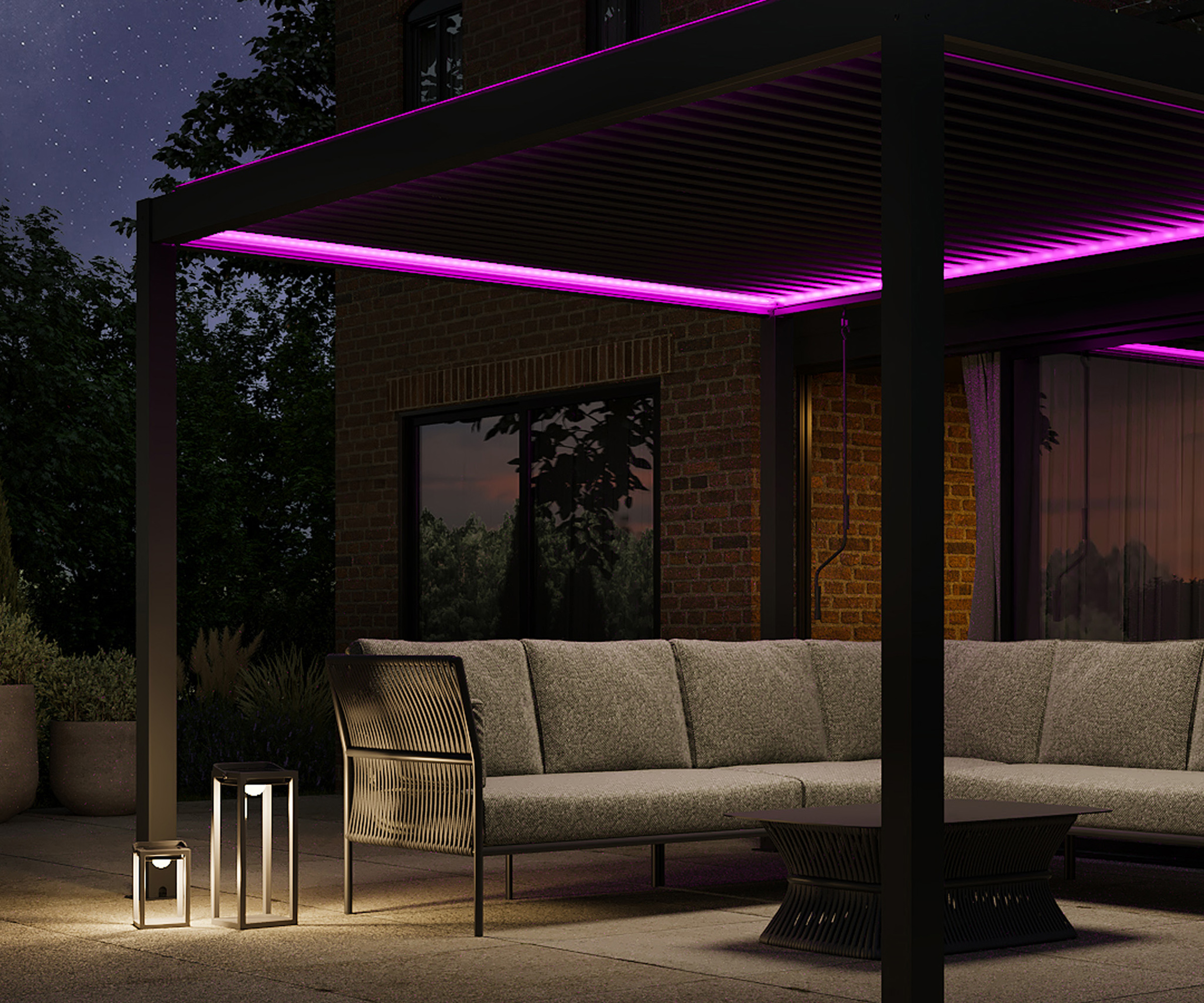
Andrew White, Outdoor Expert at Harbour Lifestyle advises enhancing your structural assets with lighting.
"For example, many luxury pergolas come with built-in LED lights - but they are an easy addition if yours doesn't. Not only is pergola LED lighting cost-effective - consuming less power than traditional bulbs - it also has a longer lifespan, making it a smart choice for anyone, not just the environmentally conscious," says Andrew.
Or, David Eaton suggests: "try weaving string lights through trellises and archways to complement climbing plants, while placing solar lanterns around seating areas can look intentional and integrate with the space."
Creating a good first impression is only part of lighting the front of your home when considering driveway lighting design.

Teresa was part of a team that launched Easy Gardens in 2018 and worked as the Editor on this magazine. She has extensive experience writing and editing content on gardens and landscaping on brands such as Homes & Gardens, Country Homes & Interiors and Living Etc magazine. She has developed close working relationships with top landscape architects and leading industry experts, and has been exposed to an array of rich content and expertise.
In 2020 Teresa bought her first home. She and her partner worked alongside architects and builders to transform the downstairs area of her two bedroom Victorian house in north London into a usable space for her family. Along the way she learned the stresses, woes and joys of home renovation, and is now looking to her next project, landscaping the back garden.
